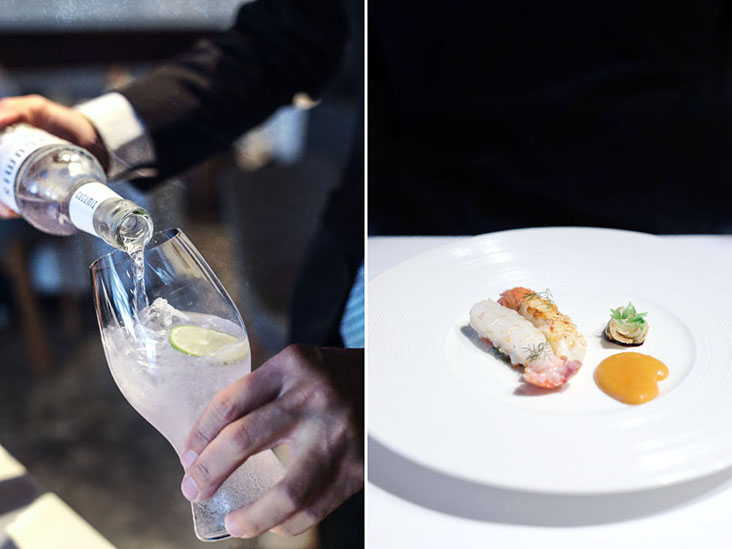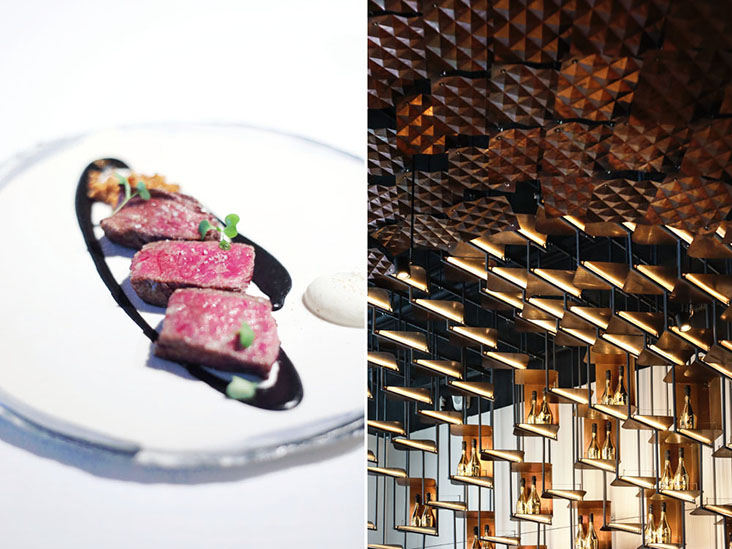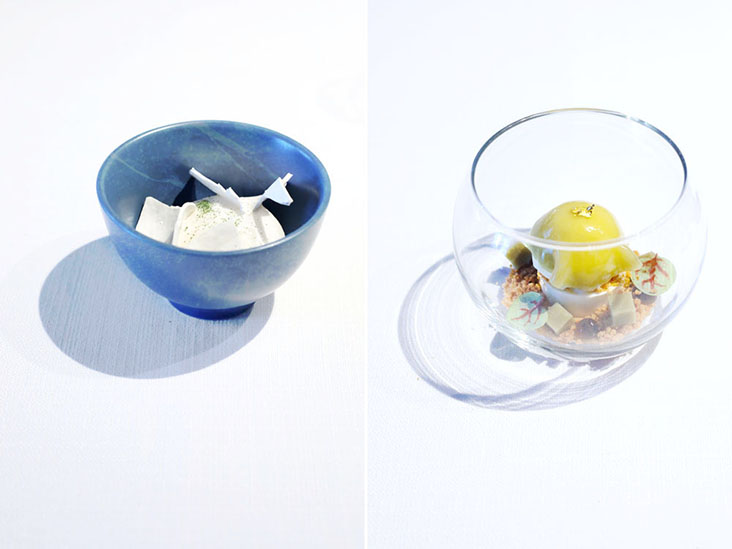TAIPEI, Dec 29 — Can a single dish invoke the very spirit of a nation, the flavours of its terrain, be it land or sea? Can a single egg?
Perhaps if that egg is laid by a Silkie hen, a breed of chickens renowned for their fluffy white plumage and black skin. If soup made from Silkie meat is prized for its curative properties, what more its eggs, orbs of nourishment and healing?
When a Silkie egg is marinated in fragrant pu’er tea and then boiled at a precise 62 degrees Celsius, it becomes a revelation.
Its adornments are no less exquisite: Creamy congee. Luxurious taro purée. A coral tuile made from buckwheat, its lacy expanse decorated with specks of Taiwanese smoked ham.

This is no ordinary egg, clearly. It is the creation of Chef Kai Ho who opened his restaurant Taïrroir in 2016 and earned his first Michelin star two years later.
Let us, then, call this the Taïrroir egg.
Born and raised in Taichung, the proudly Taiwanese chef now has two Michelin stars under his belt, perhaps a nod to his unique approach in marrying French cooking techniques with fresh local ingredients.
The aim here, you realise with admiration, is to create something new yet entirely Taiwanese too.

Such an overarching philosophy, lofty as it is, extends even to the décor. When you enter the restaurant, located in Taipei’s Zhongshan district, you are greeted by rows of copper tiles hovering above you like the waves of a golden sea. Wine bottles glow from within, arranged at regular intervals like crags on the Alishan Range.
Welcome to Taiwan’s breathtaking natural wonders, these accents and furnishings seem to announce a landscape of mountains and oceans. This, beyond any menu description, is perhaps the clearest preview of what is to come.
For what Taïrroir offers is a tasting menu, its mannered courses drawing an unruly path across the island’s specialties. Expect the unexpected, however: you might relish chòu dòufu (stinky tofu) and quench your thirst with a local lager, but how about a Taiwan Beer tofu mousse?
Begin with some freshly baked artisanal breads and homemade butter. A conservative start, you reckon, nothing too adventurous yet. Nothing too challenging.

Rather tame, though wilder passions await. You’re being eased in, seduced by the mystery of what’s yet to come.
How about Neritic squid from Penghu, sweet and briny? Some decadent Beluga caviar? The harvest of the ocean. You taste the abundance from the waters with every slurp, with every morsel you savour.
The flavours don’t have to be fancy; the humblest of ingredients can delight when prepared simply and executed well. Cabbage potage with sakura shrimp. Salt-baked bamboo shoots. The ordinary doesn’t have to be mundane.
Taïrroir’s stunning bar backdrop reminds you of a starlit night sky. The stars in the sky brought indoors. The maître d’ pours with grace — and generously, for the new year is almost upon us. A little bubbly to celebrate, perhaps more.
You approve heartily.

Time for something more substantial. Roast P’ing-tung pigeon, a marvel in miniature. Langoustine from Pengjia Islet, north of Taiwan, heightened with avocado and cucumber, makauy and a mushroom ketchup.
You learn that makauy is also known as “mountain pepper” and that it features greatly in the cuisine of the Atayal Aborigines. A therapeutic plant, something deeply indigenous to the land and those who call it home.
A meal, you decide, can be an education.
Details matter. A sip of kumquat tea sweetened with a little raw honey to complement a heavy course or a scoop of bitter gourd sorbet to cleanse the palate before the next.

Meat courses showcase the best of land and sea, of the country’s terroir. Slices of premium local beef from Yunlin County, medium rare. A Taiwanese take on Japanese nigiri or Venetian tuna carpaccio. Delicate but not demure.
To finish, dessert pairings include calamansi sorbet with aiyu jelly and taro crémeux with dark brown sugar sago. Sweet endings, though you are grateful they are not too sweet. Just enough to leave you anticipating your next visit.
Back to that Taïrroir egg (its real name is Pu’er Tea Silkie Egg, and Chef Kai’s signature dish): the answer is yes. One dish — especially if you squint hard — can aim to represent the depth and breadth, the entirety, of a country though it doesn’t have to.
The truth is no one dish or food or ingredient can fully describe any place. The taste of a land isn’t in its terroir necessarily but in how its people make use of the bounty available to them to sustain themselves, to prosper.

A cuisine isn’t a specific ingredient, isn’t a carefully crafted dish, but the untamed flavours of earth and sea, the unrestrained joy with which we celebrate life. For there will always be life, and many more new years to come.
For more slice-of-life stories, visit lifeforbeginners.com.






















